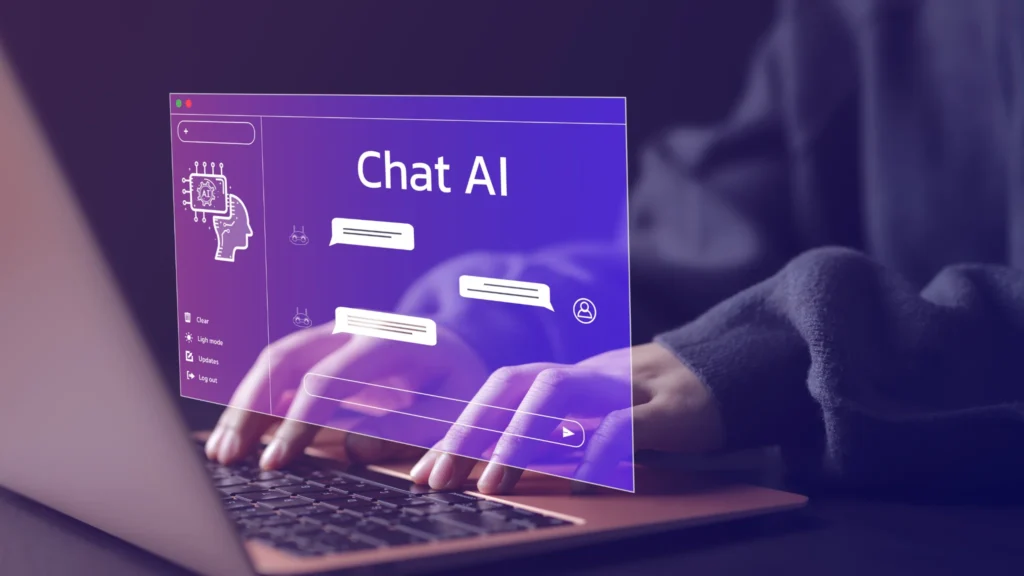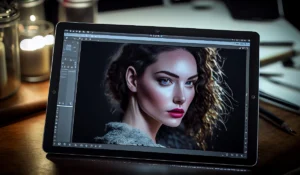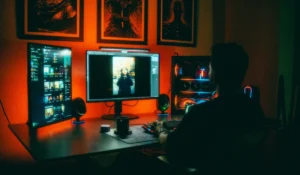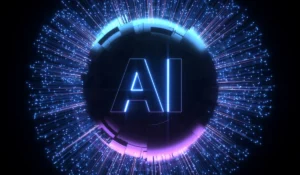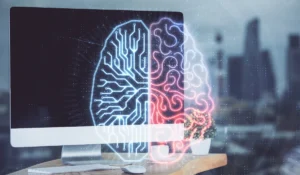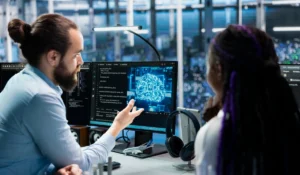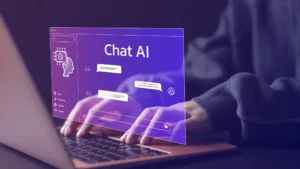In today’s rapidly evolving digital world, AI software for graphic design has become a game-changer for both professional designers and creative enthusiasts. These tools help create stunning visuals, optimize existing designs, and save time, allowing designers to focus on innovation.
Artificial intelligence in graphic design goes beyond automation. It expands creative possibilities, offers suggestions, and assists designers in bringing ideas to life more efficiently. By integrating AI into workflows, creators can produce high-quality visuals while exploring artistic directions that were previously time-consuming.
Understanding AI Software for Graphic Design
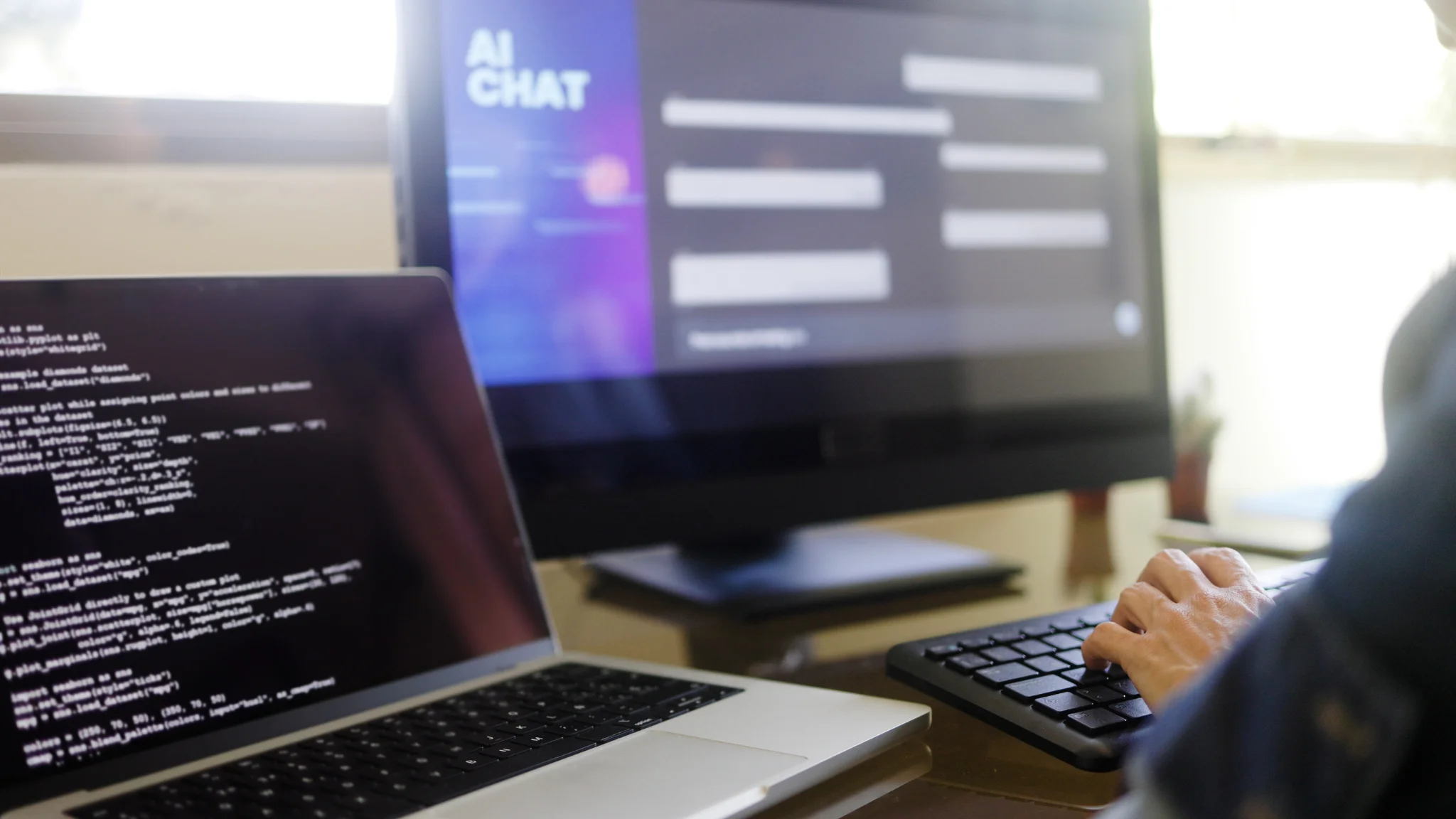
AI software for graphic design encompasses applications that leverage machine learning and artificial intelligence to enhance, automate, and generate visual content. These tools reduce repetitive tasks and unlock creative potential. They can adjust color balance, remove backgrounds, upscale images without quality loss, and even create entirely new designs from text prompts or existing patterns.
A major advantage is that AI continuously learns from regular usage. The more a designer interacts with the software, the better it adapts, offering highly personalized suggestions. Over time, AI becomes not just a tool but a true creative collaborator, improving both efficiency and originality in design projects.
Core Features of AI Graphic Design Tools
AI-powered graphic design tools offer powerful features that significantly enhance the creative process. Automated image adjustments automatically improve lighting, contrast, and saturation, while advanced tools like Adobe Photoshop’s Neural Filters can easily modify expressions or backgrounds with minimal effort.
AI-assisted design generation, seen in platforms like Canva AI and Fotor, creates templates and layouts based on user preferences, saving time and allowing exploration of multiple styles. Text-to-image tools like DALL·E and MidJourney transform text into visuals, opening new creative possibilities.AI also provides color and layout suggestions to maintain balance and consistency, enabling even beginners to produce professional results.
Advantages of Using AI Software in Graphic Design

Integrating AI software for graphic design into workflows offers benefits beyond efficiency. It enhances creativity by providing new ideas and alternatives, while reducing time spent on repetitive tasks so designers can focus on strategic and high-level concepts.
AI also ensures consistency, standardizing fonts, colors, and layouts, which is vital for branding and marketing. For designers looking to streamline their workflow further, tools like an AI instructions generator can provide automated prompts and guidance to speed up the creative process.
Additionally, it makes advanced design tools accessible to beginners, allowing them to produce professional-quality work without extensive training. As AI technology continues to evolve, its applications in graphic design will expand, creating increasingly sophisticated tools that offer even more personalized and intelligent design assistance.
Popular AI Software for Graphic Design
Several AI tools lead the graphic design market today. Adobe Sensei, integrated into Creative Cloud, offers intelligent editing, automated workflows, and layout suggestions for efficient, high-quality design. Canva AI is user-friendly, providing templates to quickly generate graphics, presentations, and social media content.
Figma uses AI plugins to create design elements and optimize layouts, while DALL·E transforms text prompts into visuals, and MidJourney produces highly artistic, detailed images, enabling unique creative exploration.For more information, see CreativeBloq’s guide on AI design software.
Choosing the Right AI Software

Selecting the ideal AI software for graphic design depends on several factors. Firstly, user experience and ease of use are critical for beginners. They benefit from intuitive interfaces and automated workflows. Meanwhile, professionals may prioritize advanced features, integration options, and precise control over design elements.
Additionally, budget matters. Some AI tools require subscriptions, while others offer free versions with limited features. Furthermore, compatibility with existing software and file formats is essential. Seamless integration ensures smoother workflow and reduces potential frustrations.
Therefore, by evaluating these factors carefully, designers can choose a tool that aligns with their goals, expertise, and workflow. This ultimately enhances both productivity and creativity.
Maximizing AI in Your Design Workflow
To get the most out of AI software, designers should view it as a collaborative partner rather than a replacement. By combining human creativity with AI-generated suggestions, designers can create unique, high-quality work that reflects personal style and vision. Frequent experimentation with AI tools helps uncover new techniques and concepts that might otherwise be overlooked.
Additionally, consistently learning shortcuts, understanding AI features, and staying updated on the latest technological advancements ensures designers can fully leverage the true potential of these tools. Over time, AI can become an integral and indispensable part of the creative process, enhancing efficiency while fostering originality.
Conclusion
AI software for graphic design is redefining the creative industry by providing tools that enhance efficiency, inspire innovation, and democratize access to professional-quality design. From automated editing to text-to-image generation, AI empowers designers to explore new creative directions while maintaining high standards.
Moreover, whether you are a beginner or a seasoned professional, integrating AI into your workflow offers unparalleled advantages, transforming the way visuals are created and experienced. To explore some of the best AI tools for creative projects, check out AI software for art that designers are using today.
As technology continues to advance, AI-powered design tools will become even more sophisticated, offering increasingly personalized and intelligent solutions. Consequently, embracing these innovations not only boosts productivity but also allows designers to focus on the core of creativity. Moreover, this results in visually stunning and impactful designs that resonate with audiences.
Therefore, AI is no longer just a tool it is a true creative partner for the modern designer. In addition, these tools continue to evolve, further enhancing creative possibilities and workflow efficiency. Ultimately, integrating AI into the design process ensures both innovation and professional-quality results.
FAQs About AI Software for Graphic Design
Can AI replace human designers? AI cannot replace human creativity. It serves as a powerful assistant that enhances productivity, provides inspiration, and automates repetitive tasks, but human judgment remains essential for originality and context.
Are AI graphic design tools expensive? Many AI tools offer free versions or trial periods. Subscription-based models provide access to advanced features, but even free versions often allow users to create professional-quality designs.
Is AI software suitable for beginners? Absolutely. Beginner-friendly AI platforms offer templates, automated suggestions, and intuitive interfaces that help users produce professional visuals with minimal experience.
How does AI generate images from text prompts? AI uses trained algorithms that analyze text inputs and generate corresponding images based on patterns learned from vast datasets, allowing for accurate and creative visual outputs.
Are AI-generated designs unique? While AI can create original designs, adding personal touches ensures uniqueness, particularly for commercial projects or branding purposes.

